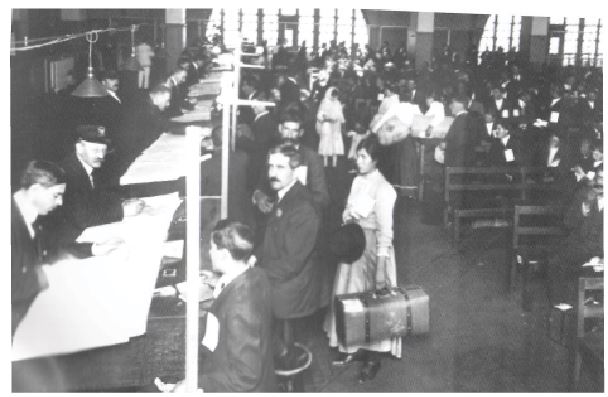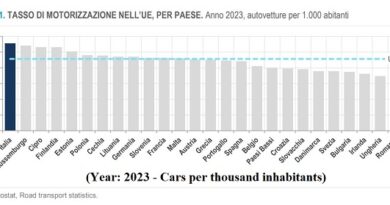Emigration as a remedy
for internal imbalances
Fourth chapter of the publication, in ten chapters both in Italian and English, of the academic presentation that our periodic collaborator Goffredo Palmerini held in L’Aquila on November 3rd, on the occasion of the CRAM Assembly (Regional Council of Abruzzesi in the World). The report is entitled “Historical notes on Italian emigration” and traces the history of the Italian Diaspora.
L’AQUILA – (continued… part four) The rudimentary nature of manufacturing infrastructure coupled with the continuous outflow of labor from the agricultural sector lead to widespread unemployment, especially in the southern regions of the peninsula. A recurring theme, the promotion of emigration as a solution to the ensuing socio-economic problems. Yet this is seen, in some circles, as a [stop-gap] remedy for internal imbalances between job supply and demand, so much so that, for some, it came to be perceived as part of a publicly proposed government plan aimed at encouraging expatriation.
The migratory phenomenon also affected the north of Italy. In the 1950s and 1960s, the northern regions saw their population increase by several million people coming from the south, even as flows towards foreign countries continued at their peak. The immediate post-war flows were initially directed overseas: toward North and South America (United States, Canada, Argentina, Brazil and Venezuela) as well as to Australia, then, the bulk of emigration shifted towards European countries, experiencing peaks of three hundred thousand expatriations per year.
These “European Migrations” were remarkably temporary in nature, while those towards other continents tended to be stable. In the second half of the 960s, destinations towards European countries became prevalent, while extracontinental ones had begun to lose their appeal by the middle of the previous decade.
The change in the direction of the flows can be attributed to changing international factors. One of those was the improving economic situation of many European countries, permitting them to offer improved social and welfare conditions. Another was the signing of bilateral and multilateral agreements between states of the newly created European Community, affecting property ownership, access to work and “mobility”, all easing the process of “return decisions”. On the other hand, economic difficulties and “restrictions” arose overseas, especially – but not exclusively – in South America. In contrast, the European countries became ever more attractive. Initially, France and Switzerland prevailed as European destinations of choice, followed shortly thereafter by Belgium. A few years later, Western Germany, in full industrial expansion, was preferred as a destination.
In the meantime, starting from the 1960s, Italy experienced its own “economic boom”, emerging as one the great industrial powers in the world. Migratory movements, already in the mid-1960s, began to shed the character of a mass exodus that had characterized the phenomenon until then. By the 1980s the annual average of expatriations, around 80,000 units, was more or less equaled by the average of repatriations”. The “phenomenon” had been reduced to a mere trickle, so much so that, in 1988 even the ISTAT stopped recording flows. The trend of the phenomenon was only detectable through cancellations or re-registrations in the annals of municipal registry offices.
In the 1990s, for the first time, a migratory balance favorable to returns was noted, although to a much more limited extent, repatriations prevailed over expatriations. There was a clear sense [on the part of researchers and academics] that Italy was transforming into a country of immigration, a destination point, even from overseas countries. The trend held firm, more or less, even through the the early 2000s.
(continues…)
Translation in English by the Hon. Joe Volpe, Publisher
The pic above is “Il controllo dei documenti” from the book “La Merica. Emigrazione dei Monteleonesi verso gli Stati Uniti dal 1882 al 1924” by Antonio De Vitto




